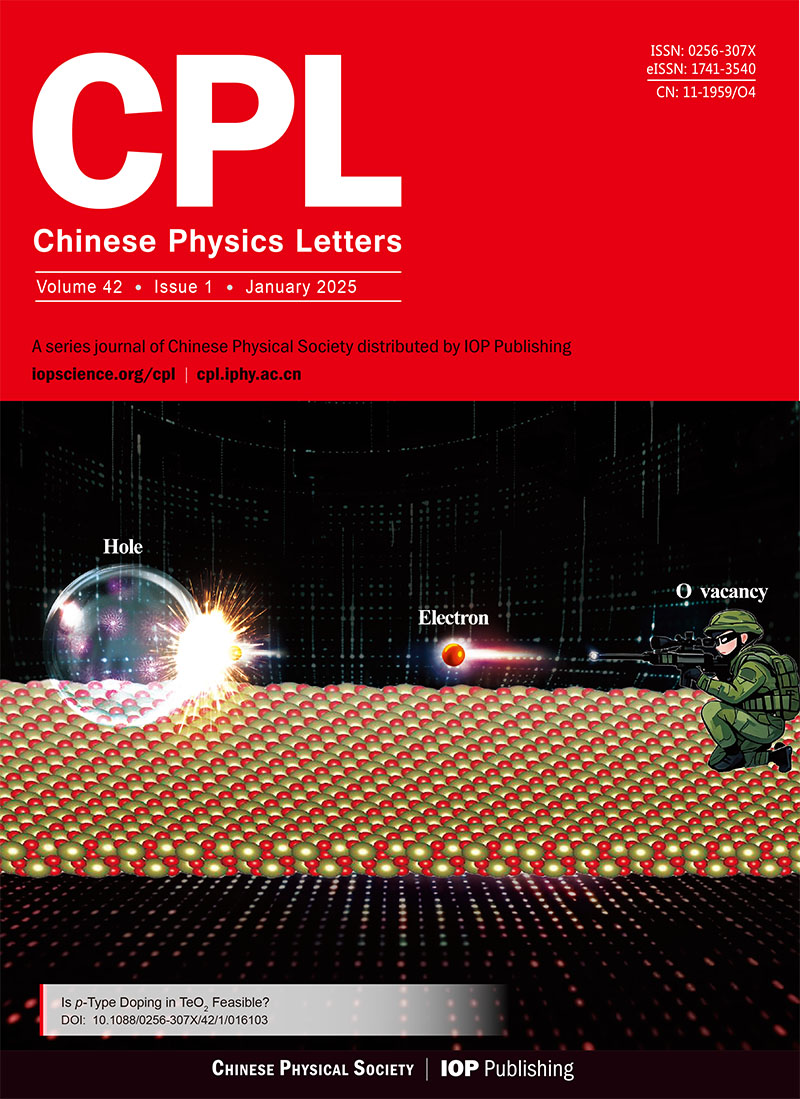Etchability of Latent Fission Fragment Tracks in CR-39
- Available Online: 30/11/2007
Abstract: We report the chemical etching behaviour of the CR-39 polymer detector exposed to fission fragments of 252 Cf describing etchability of latent tracks, which are like nanocylinders. The fission fragment exposed detectors were etched in 1-7N NaOH water solutions at temperatures 50-80°C for 45 min in the case of track length and 180min in the case of track diameter measurements. The reduced etch rate S (called here etchability) is determined using experimental results for all etching conditions and the etching conditions with the highest reduced etch are obtained. Physics and energetics of bulk and track etching are discussed. Possible effects causing spurious changes in determination of activation energy of etching are investigated.

 首页
首页 登录
登录 注册
注册






 DownLoad:
DownLoad: